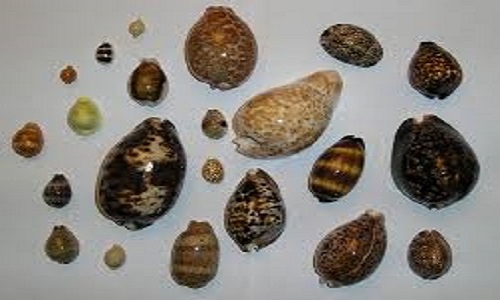18,986 total views, 1 views today
The indigenous people of the Yoruba land communicate and pass on message from one person to another or from one village to another through the use of AROKO. This system is symbolic and coded where objects (animate or inanimate) are packed together and used to pass on the message or to communicate. Three body systems are important when sending aroko. They are the sender, the materials and the receiver. These objects (aroko) must be able to be understood and interpreted by the receiver. People use it when discussing secretive or important issues. Aroko can be sent through a messenger, an animal or a friend. Most times, the aroko are not understood by the message but it is inappropriate for the messenger to pry into the objects of communication.
Common aroko objects are leaves, kolanut, calabash, broom, a stick of broom, gun, cloth, blood, cowrie shell, parrot, fruit, flywhisk, chewing stick, stone etc. few of this traditional mode of communication will be highlighted.
- Cowrie Shells
Cowrie shells are used as objects of beauty, adornment, exchange and also as aroko. When two of them are attached, facing each other, this means that there is an agreement and vice versa. When three cowries are sent, it also means disagreement or confusion. Six cowries tied together means the sender is longing to see the receiver. A cowrie shell sent with a string depicts an unpleasant situation.
- Empty Calabash
When an empty calabash is being sent to a king or a traditional ruler, it is expected of him to leave the throne or commit suicide.
- Palm Frond
This is usually used on landed properties. In the olden days, disputes always arise in respect with land and farmlands. When palm fronds is being tied on a pole and erected on a land, this signifies a stop or a halt. The owner of the land is expected to stop working on the land or farming on it until everything is being settled. In some cases, a red cloth can be tied on a pole and erected on a land, this signifies danger which might mean stoppage of any form of activities on the land or to warn people not to work on the land nor to buy it.
- Chewing stick
Couples or lovers of the olden days do send chewing stick to profess their love to each other or in request of acceptance of proposal.
- Felling of a tree or trees
When trees are cut or fell, it serves as a sign of direction to a traveler. Sometimes, this serves as a note for co-traveller that some group of people have passed through that route or to depict that they have gone beyond that particular place.
- Knife, sword or red cloth
When a ruler of a village sends one or more of these items to another village, it signifies disagreement and war. The receiver will decide whether to send another aroko for settlement or to sart preparing for war.
The use of aroko is similar to the recent use of codes and symbols in human interaction. Its usage reduces travelling to a place before a message can be conveyed. This also helps to reduce the use of words spoken as objects are conveniently used to pass across information. Aroko unites people, villages and their rulers. Deceits, forgetfulness and denial of words said are reduced because the objects used to convey such messages are tangible which can be kept for purpose references. Sometimes, it helps to keep secrets and to send message that are meant to be kept hidden from other people. One bad thing about this mode of communication is that it might harm the messenger. Some objects can be sent to another person through a middle-man, and unknowingly to him may result to his death.

Itumo awon aroko wonyi ; adan ( bat) , ata ati iyo eye ayiekooto , eni ore (mart) ,eepo igi ose
egbami oh